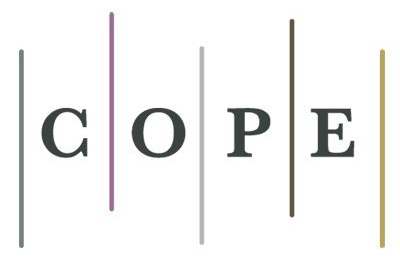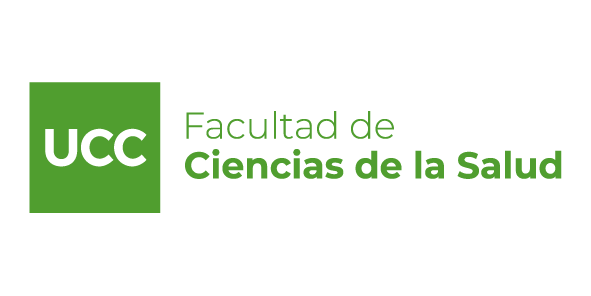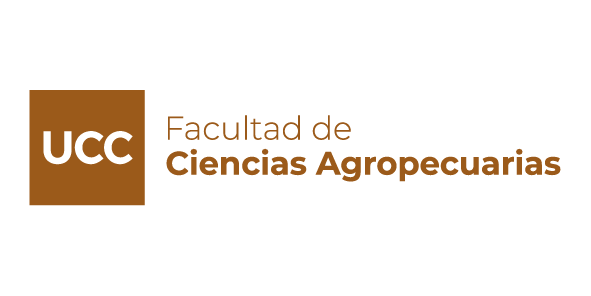Study of regenerative endodontic treatments in young permanent teeth
DOI:
https://doi.org/10.22529/me.2023.8(4)06Keywords:
Regenerative endodontics, immature apex, apexificationAbstract
INTRODUCTION: Regenerative endodontic treatments that include direct and indirect pulpal protection,
apexification and revascularization, are considered as an alternative for the treatment of young permanent
teeth, which require a long-term clinical and radiographic follow-up to verify a continuous root canal
development, absence of clinical symptoms and radiographic normality of the periradicular tissues.
OBJECTIVE: To evaluate the regenerative endodontic treatments performed in young permanent teeth with
mature and immature apices in the Endodontics Specialization Career.
1)To analyze the types of regenerative endodontic treatments performed. 2) To classify the teeth treated
with regenerative endodontics, according to the radiographic periapical index (PAI). 3) To classify the
treated tooth according to the clinical Strindberg registry.
MATERIALS AND METHOD: Young permanent teeth, treated with regenerative endodontic treatments,
at Specialization Career in Endodontics, in a period between May 2017 and November 2018, were selected
for this study. Age, gender, dental piece, diagnosis and treatment performed were recorded. The success
rate, failure or doubtful treatment in its evolution was established, at 6 months follow-up, according to
Strindberg’s criteria; and the tooth was classified radiographically according to the PAI index. Excel sheets
were prepared to load the necessary data.
RESULTS: From 47 patients with young permanent teeth, 32 % received treatment of regenerative
endodontics; 87 % corresponded to the female gender and the media age was 15-year-old. From 15 teeth
treated with regenerative endodontics, 47% corresponded to direct pulpal protection, 47% to indirect pulpal
protection and 6% revascularization. The first mandibular left molar was the most affected tooth. According
to Strindberg criteria, all patients revealed clinical success; and according to PAI Index, periapical
structures were observed normal. Furthermore, it was demonstrated that the coronal restoration was
conducted in 67 % of treated teeth, which is considered as successful treatment.
CONCLUSION: The vital pulpal therapy in young permanent teeth, with direct and indirect pulp protection,
by means of the use of biomaterials as Biodentine, was an adequate alternative treatment in teeth with deep
caries; which allowed to conserve the pulp vitality to promote a continuous root canal development until
reaching the complete maturation.
Published
How to Cite
Issue
Section
License
Copyright (c) 2023 Methodo Investigación Aplicada a las Ciencias Biológicas

This work is licensed under a Creative Commons Attribution-NonCommercial-ShareAlike 4.0 International License.




















